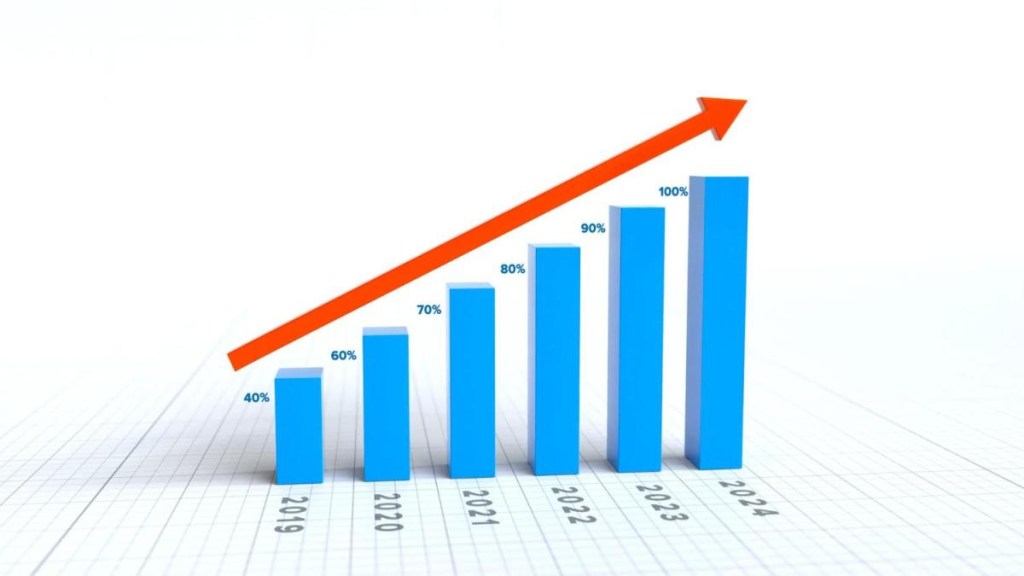The Central Public Sector Enterprises (CPSEs)’ procurement from Micro and Small Enterprises (MSEs) continues to rise steadily with a share of 46.3% in their total purchases in April-May of the current financial year compared with 40% in the year-ago period. These purchases are well above the mandatory 25% annual procurement requirement from these small units.
To provide marketing support to MSEs, the government modified the Public Procurement Policy in 2018, making it mandatory for public sector companies to procure 25%, instead of 20% of their total purchases, from MSEs including a special provision of 3% procurement for women entrepreneurs.
As a result, CPSEs procurement from MSEs rose from Rs 26,357 crore (23.1% of the total) in FY18 to Rs 53,423 crore (32.48%) in FY22 and Rs 61,033 crore (35.6%) in FY23. The procurement ratio further increased to 36.34% in FY24.
Thanks to government intervention, CPSEs procure mostly through the Government e-Marketplace (GEM) portal, benefitting the MSEs.
The micro small and medium enterprises (MSMEs), which are a key focus area of the Modi government, will likely receive increased attention from the government given their job creation potential.
The new measures being looked at include giving certain incentives to manufacturers for their domestic procurement from MSMEs under production-linked incentive (PLI) schemes, which are likely to be revamped soon.
The government will also likely streamline all MSME subsidy and credit-linked schemes to rationalise them by merging some to ensure their maximum reach and claims are hassle-free.
The 64 million-strong MSMEs are the backbone of the Indian economy. MSMEs account for over 110 million jobs or 23% of the country’s labour force, making it the second-largest employer in India after agriculture. They contribute 27% of India’s GDP, account for 38.4% of the total manufacturing output and contribute 45% of the country’s total exports.

